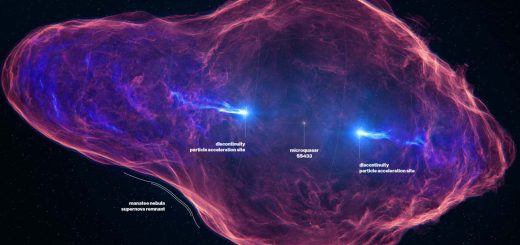Oddly viscous stars could be impersonating black holes
Calculations suggest stars that are very viscous could reflect gravitational waves and produce signals very similar to those produced by black holes
By Karmela Padavic-Callaghan
8 August 2025
Is that gravitational wave signal coming from a black hole, or something even stranger?
titoOnz / Alamy
Exotic viscous stars could reflect ripples of space-time, mimicking the signals we observe from black holes.
Read more
A new kind of hidden black hole may explain the mystery of dark energy
Since 2015, researchers have been learning how to see the contents of the universe by tracking not just light waves but also gravitational waves: ripples in the fabric of the universe. Jaime Redondo–Yuste at the Niels Bohr Institute in Denmark and his colleagues have now shown that, like waves of light, gravitational waves can be reflected – but only off odd stars with an unusually viscous texture.
The researchers started by questioning whether a mirror for gravitational waves could even exist. Although some past studies suggested it could, they struggled to write down equations that would describe such a mirror without breaking the laws of physics. Then, they realized the reflective object did not have to be flat.
“We can have a spherical mirror, and then we just need a star,” says Redondo–Yuste. But this star would need to have extremely high viscosity, like the cosmic equivalent of a ball of molasses. The researchers’ calculations showed such a star would reflect gravitational waves because it would be too stiff to wobble as they passed through it.
Daniel Kennefick at the University of Arkansas says this behaviour would be very unusual because most matter is transparent to gravitational waves, like glass is transparent to light. “Even if we were very close to a very powerful source of gravitational waves, it wouldn’t do us the slightest harm, because the energy would pass right through us,” he says.


